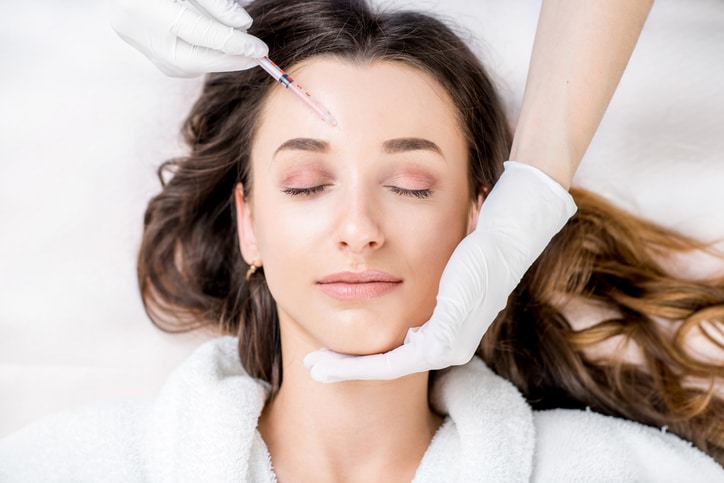Platelet-rich plasma (PRP) therapy has gained popularity as a regenerative treatment that uses the body’s own healing properties to promote tissue repair and recovery. For individuals with diabetes, PRP therapy can be particularly beneficial in managing slow-healing wounds, improving circulation, and supporting joint health. However, several factors play a role in determining the overall expense of PRP treatment.
Quality and Processing of PRP:
One of the primary factors influencing the treatment is the quality of the Platelet-Rich Plasma Treatment for Diabetics (تكلفة علاج بالبلازما الغنية بالصفائح (PRP) لمرضى السكر). The concentration of platelets, the method used to separate plasma from blood, and the use of advanced centrifugation techniques can affect the overall effectiveness of the therapy. Higher concentrations of platelets often require specialized processing, which can impact the treatment plan.
Frequency of Sessions Required:
The number of sessions a patient needs varies based on their individual condition and response to therapy. Some individuals may require multiple sessions to achieve noticeable results, especially if they are dealing with chronic wounds or severe joint pain. The total number of treatments contributes significantly to the overall investment in PRP therapy.
Additional Medical Assessments:
Since diabetes can affect the body’s healing ability, certain medical evaluations may be necessary before undergoing PRP therapy. Blood tests, imaging, and other diagnostic procedures may be recommended to determine whether PRP is a suitable option and to monitor progress throughout the treatment. These additional assessments can influence the overall treatment experience.
Customization of PRP Treatment:
PRP therapy can be customized depending on the individual’s needs. Some treatments may involve combining PRP with other regenerative therapies, such as stem cell therapy or growth factor injections, to enhance healing. The level of customization and additional procedures incorporated into the treatment plan can affect the overall approach to PRP therapy.
Type of PRP Injection Technique:
The method used to administer PRP also plays a role in determining the process. Some applications, such as intra-articular injections for joint pain or direct application for wound healing, require precision techniques like ultrasound guidance. Advanced delivery methods ensure accurate placement of PRP, which can influence the overall procedure.
Post-Treatment Care and Follow-Up:
After receiving PRP therapy, follow-up visits and post-treatment care are often recommended to track progress and ensure optimal healing. Special post-care guidelines, including lifestyle adjustments and physical therapy, may be advised to maximize results. The level of aftercare and monitoring required can shape the overall treatment experience for individuals with diabetes.
Lifestyle Factors and Healing Response:
The effectiveness of PRP therapy in diabetics is influenced by overall health and lifestyle choices. Factors such as blood sugar control, diet, exercise, and the presence of other medical conditions can impact how well the body responds to the treatment. Individuals with well-managed diabetes may experience better healing outcomes, reducing the need for additional sessions or supplementary treatments.
Use of Specialized Equipment:
Different PRP systems and equipment are available, each offering varying levels of platelet concentration and processing efficiency. Some advanced systems can extract and prepare PRP with a higher concentration of growth factors, which may contribute to improved therapeutic results. The choice of technology used in PRP preparation plays a role in shaping the overall approach to the treatment.
The Role of PRP in Long-Term Management:
For diabetics, PRP therapy is often considered as part of a broader health management plan. While it may help with wound healing, joint pain, or tissue repair, it is not a standalone solution. Integrating PRP therapy with other lifestyle modifications, proper medical care, and regular monitoring can contribute to long-term benefits. Understanding this comprehensive approach is essential in setting realistic expectations for treatment outcomes.
Final Thoughts:
PRP therapy presents a promising option for diabetics seeking regenerative solutions for various health concerns. Multiple factors, including treatment customization, session frequency, medical assessments, and post-care, contribute to the overall experience. By considering these elements, individuals can make informed decisions about incorporating PRP therapy into their wellness journey.









